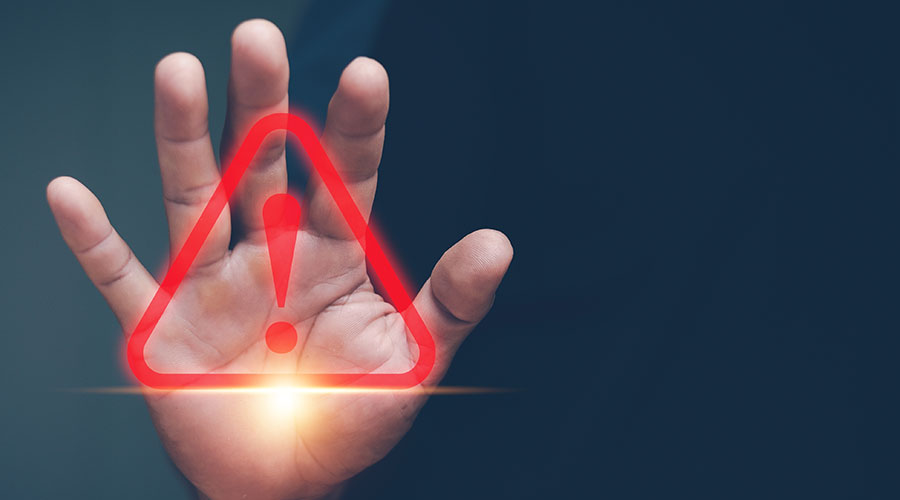Hospitals are engaged in a ferocious battle against the deadly pathogens and multi drug-resistant organisms (MDROs) which cause healthcare associated infections (HAIs). Carbapenem-Resistant Enterobacteriaceae (CRE) has arrived in the U.S., and fortunately hundreds of healthcare facilities have deployed LightStrike™ Germ-Zapping Robot™ room disinfection technology to destroy CRE and other deadly bacteria before they pose a risk to patients and healthcare workers.
Hospital cleanliness plays a role in the spread of infections, which are caused by pathogens such as Clostridium difficile (C. diff), MRSA, and Acinetobacter baumannii. Hospital cleaning teams are not able to disinfect all the surfaces in patient rooms in the allotted time, with research showing that more than half of the surfaces remain untouched. Some superbugs such as C. diff are showing resistance to disinfectants, making them even more difficult to eliminate. Others, like CRE, have developed a resistance to antibiotics, making them nearly impossible to treat.
“Hospital acquired infections kill hundreds of people in the U.S. every day right now. We don’t have antibiotics to treat some superbugs like CRE, but we do have the technology to destroy these germs and bacteria before they pose a risk to patients and hospital employees. More can and should be done to stop superbugs, and it is possible today,” said Morris Miller, CEO of Xenex Disinfection Services.
Xenex’s LightStrike Germ-Zapping Robot uses pulsed xenon to quickly deliver germicidal ultraviolet (UV) light throughout patient rooms, operating rooms (ORs), equipment rooms, emergency rooms, intensive care units (ICUs) and public areas. The robot’s Full Spectrum™ light destroys viruses, bacteria and bacterial spores in just 4-10 minutes per room. Uniquely designed for ease of use and portability, a hospital’s environmental services staff operates the Xenex device without disrupting hospital operations. A Xenex device can disinfect 30-60 rooms per day, so hospitals use them continuously to reduce contamination levels throughout their facilities.
How Pulsed Xenon UV Light Destroys CRE & Other Superbugs
The LightStrike robot works by pulsing xenon, an inert gas, at high intensity in a xenon ultraviolet flashlamp. This produces ultraviolet C (UVC) light, which penetrates the cell walls of microorganisms. The robot deactivates the DNA, so the pathogens are unable to reproduce or mutate, effectively killing them on surfaces and in the air without contact or chemicals. The mechanism that creates drug resistance does not alter a microorganism’s susceptibility to pulsed xenon. A recent study published in the American Journal of Infection Control (AJIC) demonstrated the Xenex robot’s efficacy against CRE, showing a 99.999 percent reduction in CRE, MRSA, VRE and Acinetobacter after the Xenex robot was used.
“CRE is scary, but our robots are proven to quickly destroy it. And while the risk of someone contracting CRE in U.S. hospitals right now is low, the risk is much higher that they will get C.diff – another nightmare bacteria that’s responsible for 29,300 deaths per year (according to the CDC),” said Mark Stibich, Chief Scientific Officer of Xenex. “Hospitals using our robots have reported 50%-100% reductions in their infection rates. We have the technology to combat CRE and all the other nightmare bacteria and superbugs that people are worried about and we can do it right now.”
Xenex robots have proven to be effective against a variety of the most dangerous superbugs and studies show the Xenex room disinfection system is consistently 20 times more effective than standard chemical cleaning practices. The Xenex system is the only UV light disinfection technology shown, in multiple peer-reviewed published studies, to help hospitals reduce infection rates.
For more information, visit www.xenex.com.

 The Effect of Over-Cleaning on Human Health
The Effect of Over-Cleaning on Human Health Rumored Terror Threat to Hospitals Prompts FBI Warning
Rumored Terror Threat to Hospitals Prompts FBI Warning Ground Broken on New Johns Hopkins All Children's Hospital
Ground Broken on New Johns Hopkins All Children's Hospital States Move Forward to Better Protect Senior Citizens
States Move Forward to Better Protect Senior Citizens Archer and REDA to Transform Newport Beach Building into Outpatient Center
Archer and REDA to Transform Newport Beach Building into Outpatient Center